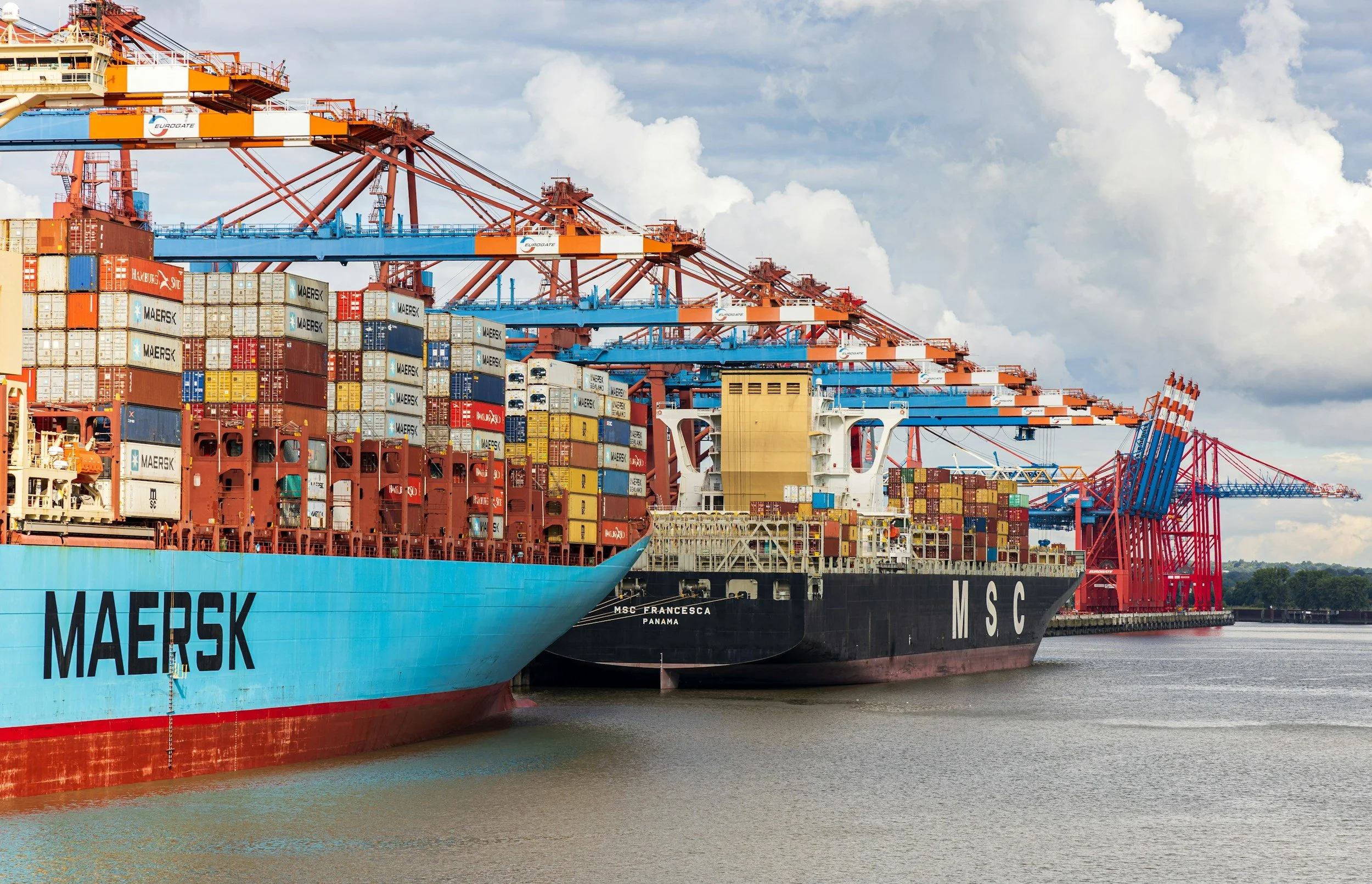By: Udaibir Das
This article originally appeared in OMFIF on August 20, 2025.
From efficiency maximisers to compliance optimisers
In 1931, Austria’s Credit-Anstalt – the nation’s largest bank – collapsed not from bad loans but from political fragmentation. Despite having the resources to intervene, French and British central banks chose political considerations over financial stability, triggering a global depression. Nearly a century later, financial institutions face the consequences of a similar choice: systematic fragmentation driven by deliberate policy.
Where the post-cold war orthodoxy sought to expand the production possibility frontier through openness, the current phase is characterised by deliberate contraction along one axis – reducing allocative efficiency to gain strategic resilience. Financial firms now maximise expected resilience and continuity of market access, subject to regulatory, reputational and technological constraints, even if that entails ceding decision sovereignty.
Financial firms confront an unprecedented triple shock: trade, tariff and sanctions regimes, alongside financial policy fragmentation. The operational risk is high – a transaction that is legal in Singapore may trigger penalties in Washington, while capital that is acceptable in Hong Kong may be prohibited in London. Financial firms reconfigure their operations – from global integrators to jurisdictional separators, from efficiency maximisers to compliance optimisers, from universal service providers to selective gatekeepers.
Tariffs: the inflation cascade
The jump to 27% average US tariff rates disrupts every financial calculation. For insurers, tariffs create a direct inflationary cascade: higher costs for imported auto parts and construction materials translate into higher repair and replacement claims. Insurify projects a 19% premium increase by the end of 2025 as auto repair costs surge. Federal Reserve data show that vehicle repair costs have increased by 28% since 2020. The National Association of Home Builders estimates tariffs add $7,500-$10,000 per home in construction costs. Property insurers must reprice policies in real-time, abandoning actuarial stability in favour of quarterly adjustments.
For governments, tariffs also serve as a fiscal stress multiplier: higher subsidy outlays to offset inflation collide with reduced tariff revenues as trade volumes decline, creating new contingent liabilities that quickly spill over into sovereign balance sheets.
Trade finance becomes risk management speculation. Banks develop ‘tariff hedges’ – derivatives priced at 3% to 5% of transaction value. The steady business of financing trade becomes high-stakes speculation on political decisions, with approval processes contingent on tariff announcement schedules rather than borrower fundamentals.
Sanctions: the impossible choice
Sanctions force financial institutions into binary decisions – serve Russia or serve the West, access China or access America. The International Monetary Fund reports that correspondent banking relationships had begun to decline earlier. Each terminated relationship cuts entire countries from global finance.
The 2025 sanctions regime has dramatically accelerated correspondent banking withdrawals. The US Office of Foreign Assets Control’s November 2024 alert targeting Russia’s System for Transfer of Financial Messages payment system explicitly warns that ‘any foreign financial institution that joins or has already joined SPFS may be designated’ – forcing banks to choose between serving Russia-connected institutions or accessing US financial markets. The European Union’s 18th sanctions package banned SPFS entirely.
Banks implement ‘structural apartheid’ to survive. HSBC’s restructuring into eastern and western entities represents a shift from single-market integration to segmented-market models, reducing cross-jurisdictional compliance correlation. JP Morgan allocated $18bn to technology in 2025 – with significant portions dedicated to compliance systems across contradictory sanctions regimes.
Fragmentation: exponential complexity
Regulatory fragmentation creates exponential complexity. Five major jurisdictions generate 20 potential conflicts; 10 create 90. Securities firms maintain parallel teams for each jurisdiction. Chinese companies that once raised over $150bn globally now face dramatic constraints. In 2024, Chinese mainland markets raised only $9.3bn through initial public offerings – the lowest level in nearly a decade.
Compliance becomes prohibitive. Fund managers maintain separate portfolios: US versions exclude Chinese military companies, while European versions exclude Russian energy companies. Legal teams quadruple while investment teams shrink. Investment opportunities disappear as compliance departments exercise veto power over portfolio construction, accepting lower economies of scale in exchange for reduced tail-risk exposure.
For advanced economies already carrying historically high debt ratios and limited fiscal buffers, this multiplication of compliance costs erodes fiscal resilience as surely as it undermines competitiveness. The fragmentation penalty is not confined to the periphery – it also weakens the core.
How financial firms are adjusting
The observed responses group into three categories. First, hard-power adaptation: banks retreat from correspondence relationships, implementing regulatory technology solutions as binding constraints in their optimisation problems. Second, institutional rewiring: securities firms restructure their operations from global to regional, creating alternative market infrastructures to reduce single-point failures.
And third, risk diversification: asset managers often sacrifice diversification for compliance, creating redundancy in operations while accepting lower decision sovereignty in exchange for higher continuity of operations.
This transformation represents a permanent restructuring. Time horizons collapse when rules change quarterly; banks will not lend beyond the scope of political cycles. Infrastructure and climate finance, which require 30-year commitments, are rendered impossible when the horizon of certainty has shrunk to two or three years.
Systemic consequences
The micro adjustments aggregate to macro failure. Developing countries facing a $3.9tn sustainable development goal financing gap lose access as banks de-risk. Fragmentation concentrates rather than diversifies risk. The dollar’s weaponisation undermines its foundation. The Atlantic Council’s Dollar Dominance Monitor shows 88% of foreign exchange transactions remain dollar-based – not from strength but absence of alternatives.
Three futures emerge from current trajectories. Continued fragmentation represents the baseline scenario where current trends persist. Cross-border capital allocation efficiency deteriorates. This path features gradual economic decoupling, with developing economies excluded from the global financial system. Growth rates decline as financial intermediation becomes a compliance exercise.
System breakdown occurs when fragmentation exceeds institutional capacity for compartmentalisation. Binary regulatory choices accelerate into cascade failures as correspondent banking networks collapse suddenly. Financial contagion spreads through isolation mechanisms – when the last bank serving a jurisdiction exits, entire economies face liquidity crises. This scenario triggers rapid dedollarisation and parallel financial architecture.
Forced reintegration emerges when economic costs exceed political tolerance for fragmentation. Financial institutions demand regulatory coordination to maintain operational viability. Crisis-driven negotiations yield new frameworks balancing national security and systemic stability. This path requires recognition that financial weaponisation undermines the weapon itself.
The reintegration scenario raises a further question: who could credibly lead it? The IMF and Financial Stability Board retain convening authority; however, the fragmentation of multilateralism itself limits their reach. More likely, any forced reintegration would come through crisis-driven bargaining among G20 powers, with private financial institutions pressing hardest for a new settlement.
Conclusion
In dynamic-system terms, the global economy has shifted from a high-integration equilibrium towards a more fragmented state, but the transition path is still in motion. For financial institutions, the challenge is calibrating marginal gain in resilience against the marginal erosion of competitive advantage.
Global financial institutions survive by ceasing to be what they were: efficient intermediaries of international capital. The events of 2025 – from OFAC’s SPFS alert to the EU’s complete ban on financial messaging – demonstrate that we are abandoning what worked without building something that might work better.
The question is not whether this fragmentation is sustainable, but rather how much economic damage accumulates before the impossibility of parallel financial systems forces either breakdown or reluctant reintegration.
Udaibir Das is a Visiting Professor at the National Council of Applied Economic Research, a Senior Non-Resident Adviser at the Bank of England, a Senior Adviser of the International Forum for Sovereign Wealth Funds, and a Distinguished Fellow at the Observer Research Foundation America.


